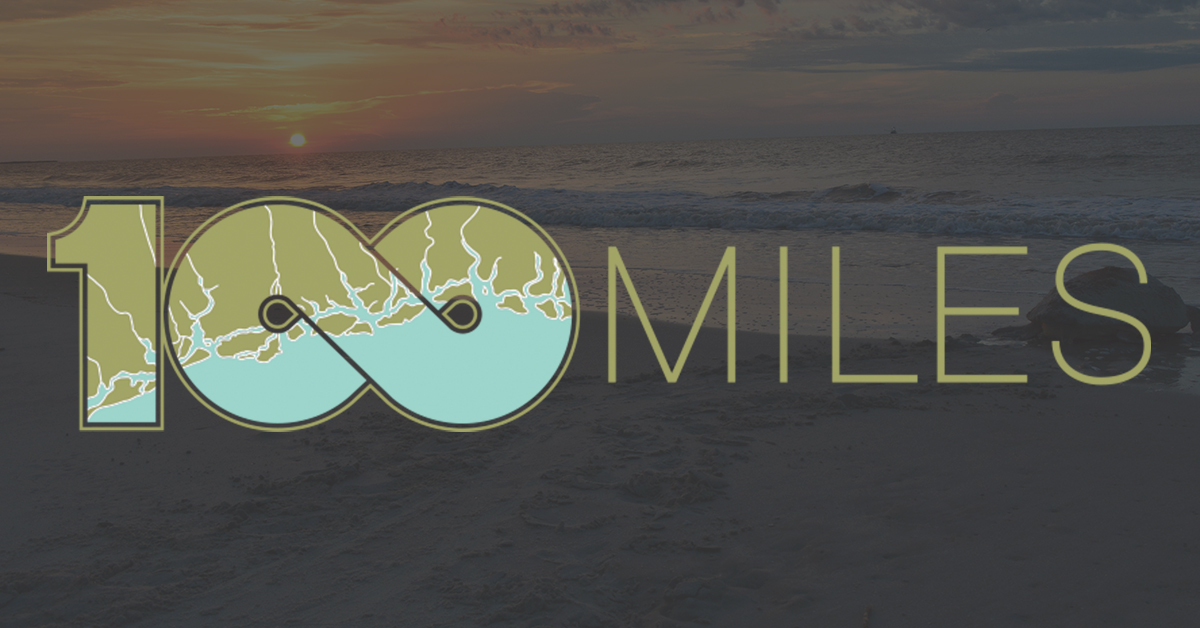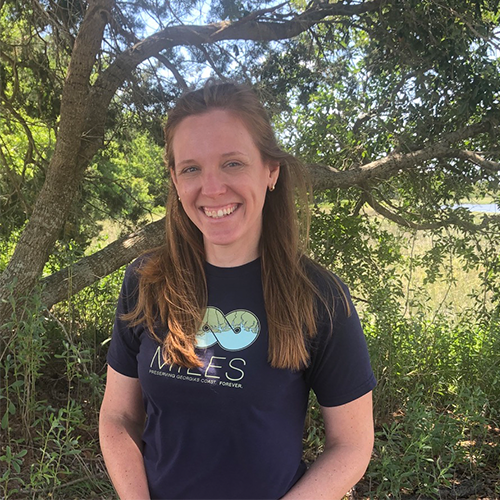Unbridled Growth
Georgia’s coast is home to vast salt marshes, undeveloped barrier islands, intact maritime forests, and a robust private and public land conservation effort that has protected hundreds of thousands of acres of wildlife habitat. We have only to look to our neighbors north or south to know how fortunate Georgians are to have access to such a special place.
Georgia’s wild places are rural places populated with people who need economic opportunities. Traditionally, economic development strategies rely on the destruction of special places to provide jobs. That’s what we’ve been witnessing unfold along our coast the past few decades.
You’ve likely noticed the proliferation of mega-warehouses along I-16 and I-95. This new, more than 200,000 square feet of coastal warehouse space is touted as a response to the Hyundai plant that is being constructed in Bryan County and to the proposed Savannah port expansion. Local governments are approving many of these warehouses in areas outside of previously designated industrial development zones, in or adjacent to residential neighborhoods. They are transforming communities—many impoverished or historic—overnight by causing massive amounts of truck traffic, stormwater and flooding nightmares, soaring property taxes or plummeting property values (depending on where you live), and other ill-effects—none of which have been properly planned for.
This growth is reckless and out of control. When the Hyundai plant opens, and as we move closer to the reality of a deeper Savannah Harbor, we can only expect more of the same.
It doesn’t have to be this way.
The Georgia Legislature requires every community to have official plans to accommodate growth, and every coastal county and municipality does. On paper, they are all responsible plans that could protect existing residents from the ill-effects of future growth. The plans do allow for growth—but in the right places. Places where people expect industry to be or where existing sewer lines and roads have extra capacity and where growth is consistent with what is already on the ground. After all, most people favor growth that benefits our communities, but also recognize that growth of any kind, any size, and anywhere is not responsible.
BUT, contrary to logic, those official growth plans do not dictate the future—the people who implement and enforce them do. In every community, there are between five and nine individuals who make decisions twice a month regarding growth that sometimes complies, and often diverges, from these plans. All it takes is a simple majority to protect our coast or to destroy it.
Ten years ago, we partnered with UGA to analyze growth trends along our coast. At that time, we found that between 1974 and 2008 the rate at which land was being consumed outpaced the rate of population growth by SEVEN times. Imagine sharing your office with one other person but increasing its size seven-fold to accommodate them. It’s absurdly inefficient and unnecessary, not to mention wasteful. Unbridled, inefficient growth impacts our people, fiscal and natural resources, and community infrastructure. The cumulative impact is the destruction of our unique coast and the whittling away of resources that add to our quality of life.
As we move into 2024, OHM is working to update this previous study by analyzing the patterns of growth along our coast over the last 50 years. There are a few triggers we are investigating—notably the most recent harbor deepening and the Hyundai plant. We believe we will prove our hypothesis that growth has mainly occurred in noncompliance with community plans and, as a result, has been more expensive and cumbersome for our communities and taxpayers.
OHM will not use this information to try to stop all growth. We aim to better understand and educate decision makers about the cumulative impacts past growth has had on our coast so that we can compare the choice between two very different futures: one where decision makers adhere to official growth plans and another where they continue to approve unchecked and uncoordinated growth. Future growth must protect of our people, communities, and natural resources. The struggle between economic development and community protection is only inevitable if we refuse to learn from our past.
I have a few quotes that I read every day. One of them is:
“In my dream, the angel shrugged and said, ‘If we fail this time, it will be a failure of imagination.’ Then she placed the world gently in the palm of my hand.”
This special place has, indeed, been placed in the palm of our hands. If we stand by, the coast as we know it will fail to exist. We will keep you posted as our strategy develops and you can read more on our website.
Thank you for thinking about this with us and for all you do. I hope you have a very happy holiday season!











